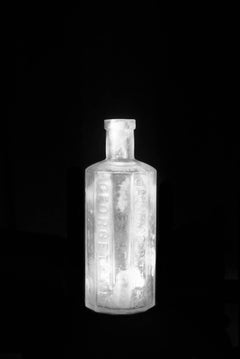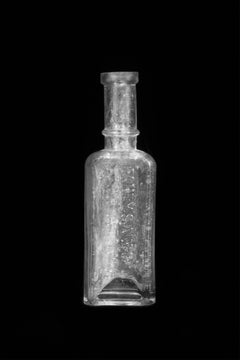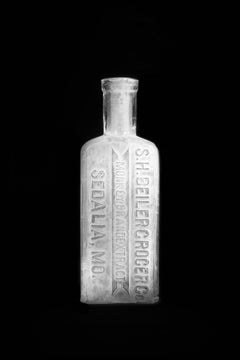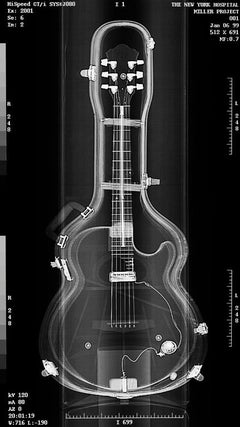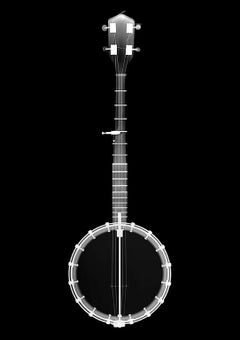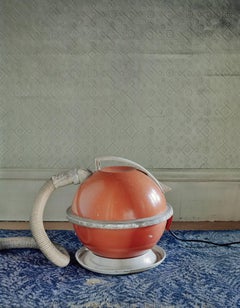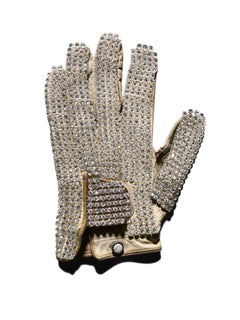Carbon Pigment Still-life Photography
21st Century and Contemporary Contemporary Carbon Pigment Still-life Photography
Carbon Pigment, Paper
21st Century and Contemporary Contemporary Carbon Pigment Still-life Photography
Carbon Pigment
21st Century and Contemporary Contemporary Carbon Pigment Still-life Photography
Carbon Pigment
21st Century and Contemporary Contemporary Carbon Pigment Still-life Photography
Archival Pigment, Carbon Pigment
21st Century and Contemporary Contemporary Carbon Pigment Still-life Photography
Archival Pigment, Carbon Pigment
21st Century and Contemporary Contemporary Carbon Pigment Still-life Photography
Archival Pigment, Photographic Paper
21st Century and Contemporary Contemporary Carbon Pigment Still-life Photography
Archival Ink, Archival Paper, Photographic Paper, Archival Pigment, Giclée
21st Century and Contemporary Contemporary Carbon Pigment Still-life Photography
Archival Ink, Archival Paper, Photographic Paper, Archival Pigment, Giclée
21st Century and Contemporary Contemporary Carbon Pigment Still-life Photography
Archival Pigment
21st Century and Contemporary Contemporary Carbon Pigment Still-life Photography
Archival Ink, Archival Paper, Photographic Paper, Archival Pigment, Giclée
21st Century and Contemporary Contemporary Carbon Pigment Still-life Photography
Archival Paper, Photographic Paper, Archival Pigment, Giclée
2010s Contemporary Carbon Pigment Still-life Photography
Archival Pigment
2010s Contemporary Carbon Pigment Still-life Photography
Archival Paper, Archival Pigment, Color
2010s Contemporary Carbon Pigment Still-life Photography
Archival Ink, Archival Paper, Color, Archival Pigment, Polaroid
2010s Contemporary Carbon Pigment Still-life Photography
Photographic Film, Archival Ink, Photographic Paper, C Print, Digital, G...
21st Century and Contemporary Contemporary Carbon Pigment Still-life Photography
Archival Ink, Archival Paper, Photographic Paper, Archival Pigment, Giclée
2010s Contemporary Carbon Pigment Still-life Photography
Photographic Film, Archival Paper, Photographic Paper, Color, Giclée, Pi...
